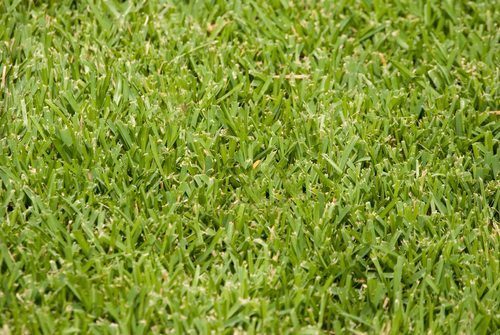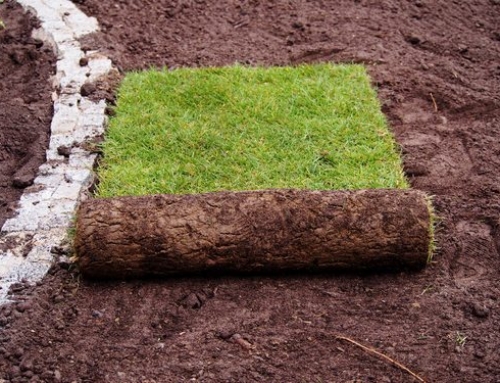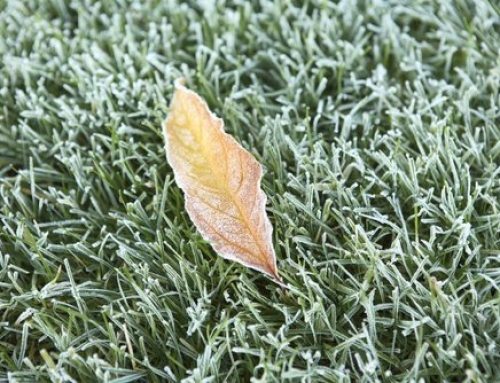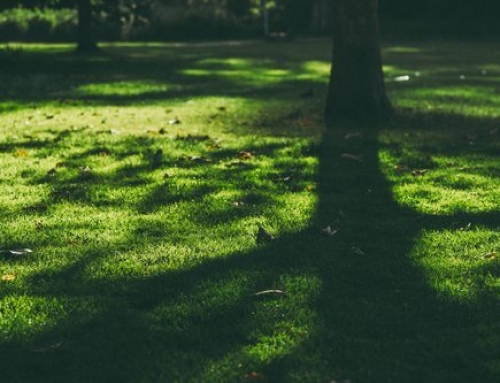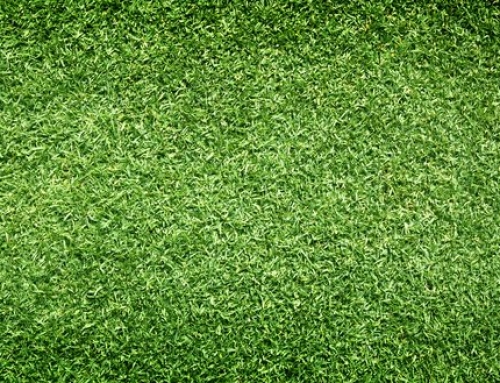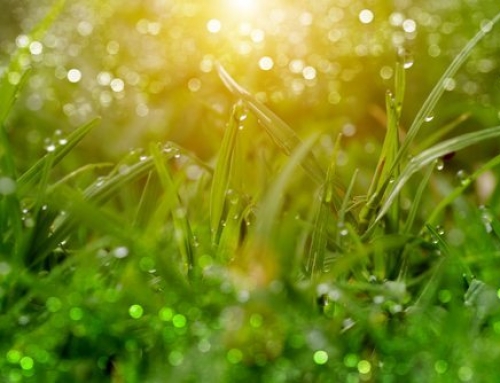Nimmer Turf, the foremost authority in grass and sod, located in Mt. Pleasant and North Charleston, South Carolina, is often asked as to the best time of year to plant a St. Augustine lawn. It is important to know when and how to lay this sod type correctly to help provide your property with a quality green space. In this article, we will discuss the times of year to plant St. Augustine grass, the many benefits of its installation and the recommended use of herbicides in South Carolina.
What is St. Augustine Grass?
St. Augustine is grass that creates a lush green lawn and has been recommended by the United States Department of Agriculture for plant hardiness. The grass is coarse-textured and can grow rapidly, creating a dark green lawn with 3/8″ blades. St. Augustine grass remains dormant during the winter months and can spread easily in the spring and summer. Overall, St. Augustine grass creates a visually stunning lawn and has few disadvantages when planted and maintained properly.
What are the Best Times Of Year To Plant St. Augustine Grass in South Carolina?
St. Augustine grass can be planted throughout the year in warmer regions where winter is not expected to be too cold. Planting St. Augustine grass at different times of the year will impact the amount of lawn care needed to the newly laid lawn.
Planting St. Augustine Grass in Spring in South Carolina
Spring is a great time of the year to establish a St. Augustine lawn. Warm season lawns are coming out of semi-dormancy and are beginning to grow again. The weather is still fairly mild and the St. Augustine grass is becoming more established and can better cope with the increasing heat as summer arrives, and should be fully established by the onset of summer.
Planting St. Augustine Grass in Summer in South Carolina
St. Augustine can be planted easily in the summer, however, during the establishment of a St. Augustine lawn in the summer, it is vital that the grass is kept moist. If the new St. Augustine grass dries out during establishment, the turf can easily and very quickly die since it has no root system to support the sod growing.
When planting a new St. Augustine lawn in the fall, it is important to ensure that it grows to be as established as possible before the onset of winter. And the colder the winter, the more established the new turf will need to be before winter arrives.
For warmer regions, such as ours, there is far less rush or urgency as the winter weather does not get cold enough to cause any major issues to new turf. However, the colder weather does slow down growth even in these regions and can still cause some possible damage to the new lawn. So it would still be wise to establish the new St. Augustine lawn at least before the worst of the winter arrives. Do this, and you will achieve the best results for the St. Augustine lawn over its first winter.
Planting St. Augustine Grass in Winter in South Carolina
Because winters in South Carolina can be so mild, we can safely plant the St. Augustine sod near the end of the winter months. However, you should always be aware of the weather conditions at the time to ensure the coldest part of the winter has finished.
What are the Advantages of St. Augustine Grass Installation in South Carolina?
There are many advantages to installing St. Augustine grass. The grass grows in full sun but is also tolerant of salt and shade. The grass will spread quickly so the roots easily take hold. The surface runners form roots at the joint for a grass installation that will look and feel lush and soft. The grass can adapt to the heat well and is moderately drought-tolerant. During the spring months, supplemental irrigation is rarely needed. However, watering will be necessary if in a drought, prolonged dry periods, and/or hot and windy conditions.
St. Augustine grass also competes with weeds and other grasses. St. Augustine does a good job controlling weeds when properly cared for and not under stress. If you do find that weeds take over, you can easily use herbicides to control the issue. Be sure to use an herbicide that will not harm the grass such as metsulfuron. Avoid using herbicides during a drought or when the grass is under stress.
What is the Recommended Use of Herbicides on St. Augustine Grass in South Carolina?
All lawns will develop weeds at regular intervals, and an important rule is whenever spraying for any lawn weeds, make sure not to spray lawns too soon to the next lawn mowing or too soon after the last lawn mowing. It is important to remember to never spray for lawn weeds less than one week prior to the next lawn mowing service.
Likewise, once prayed, we want to stop lawn mowing for one week after weed spraying. The reason is if we were to spray for lawn weeds one day, and then mow the lawn the next day, we would be removing the same herbicide before it had a chance to be taken into the lawn or weeds.
Instead of the lawn withstanding and resisting against the herbicide treatment, the lawn can very quickly fall victim to that same herbicide meant only for weeds, and the lawn can suffer severe health problems, stress, or even death while the blades of grass still have freshly cut wounds from lawn mowing.
The end result will either be no result at all or the result would be negligible at best. We have essentially wasted our time and money for no results.
When considering a St. Augustine grass installation, contact the professionals at Nimmer Turf. Our team can explain more about the benefits of St. Augustine grass and the ways in which it can beautify your lawn without the effort needed for other grasses.


